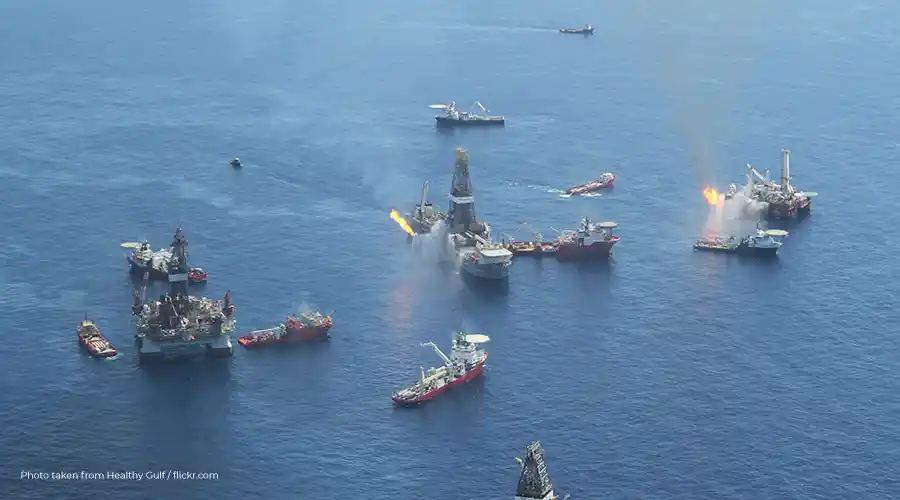At almost ten in the night (American time) on the 20th of April 2010, the nightmare that was to become the worst oil spill disaster in the history of the petroleum industry worldwide had just begun. The Deepwater Horizon semi-submersible Mobile Offshore Drilling Unit, an oil rig in the waters of the Gulf of Mexico had exploded claiming eleven human lives and causing irreparable harm to the wildlife in the area. According to US reports, an estimated 4.9 million barrels of crude oil spilled out from the oil wells in the rig before they could be capped three months later in July. Four years later, the National Wildlife Federation has released a report citing instances of oil exposure in 14 of the wildlife species found in the Gulf waters; dead turtles, sick dolphins, and sperm whales with a higher-than-normal metal count is the norm here right now. A sneaking suspicion that the oil wells in the rig are still leaking is doing the rounds, and the results are not very pretty.
The explosion – what really happened?
The explosion and the subsequent blowout and fire can be attributed to the fact that oil rigs in the Gulf of Mexico work with the minimal safety precautions required without breaking laws. As the pressure in the marine riser rose to abnormal levels, a bubble of methane gas shot to the surface from the wells expanding as it came up the column, and igniting into flames at the surface. After the explosion, the workers on site had only five minutes to prepare for evacuation – 11 of them were killed in the accident. The fire lasted for more than a day, and on 22nd April, the platform of the oil rig went underwater. Coastguards were notified of the sinking at around ten in the morning and by the afternoon the waters around the sunken rig were filled with oil that seeped from the underground wells at the rate of 8,000 liters per minute.
Cleaning up the disaster
British Petroleum, the company running the rig, started clean-up efforts by attempting to remotely close the underwater blowout-preventer. Next, a containment dome was placed over the largest oil spill and the oil was siphoned off to a storage vessel. While this technique has been known to work in shallower waters, it failed to work effectively in this scenario. Using traditional explosives and even nuclear explosion to seal off the underwater well completely was ruled out because of the uncertainties involved. Finally, Transocean – the company that owned the rig – brought in drillers to dig relief wells at the site. When the oil level in the exploded well was considered to be static, cement was poured on top to create a seal for the flow channel. The failed blowout preventer was replaced with a new one, and on 19th September 2010 – some five months after the explosion – the leaking well of the Deepwater Horizon rig were declared to be ‘effectively dead’.
The aftermath
Even after the sealing up of the well, oil has continued to leak out of the rig site and spills were reported in January 2013. Investigation by BP experts has revealed that these oil seeps are of a naturally occurring size and do not currently pose threat to the wildlife in the area. However, the oil from the explosion is still not completely gone. It has washed up in marshes in the Gulf waters, has covered the bottom of the sea, and keeps washing up on the beaches every now and then. Even though the experts claim otherwise, the worst oil spill disaster in the history of the petroleum industry is far from over. During and after the disaster a number of equipment including booms, skimmers, sorbents and other tools have been used to contain the oil spill that still remains in large pockets.


